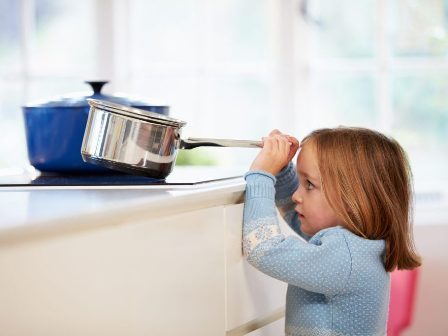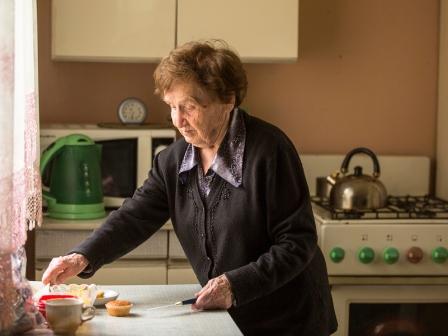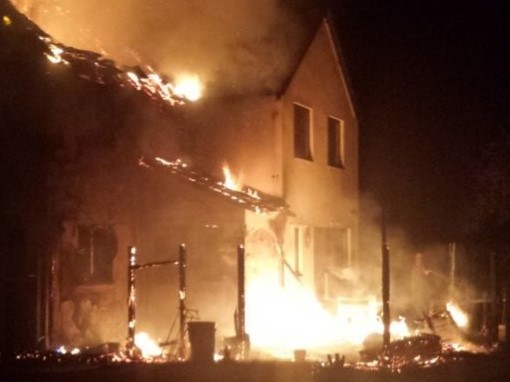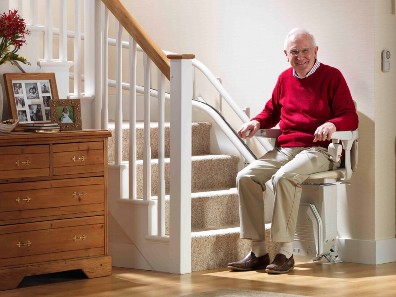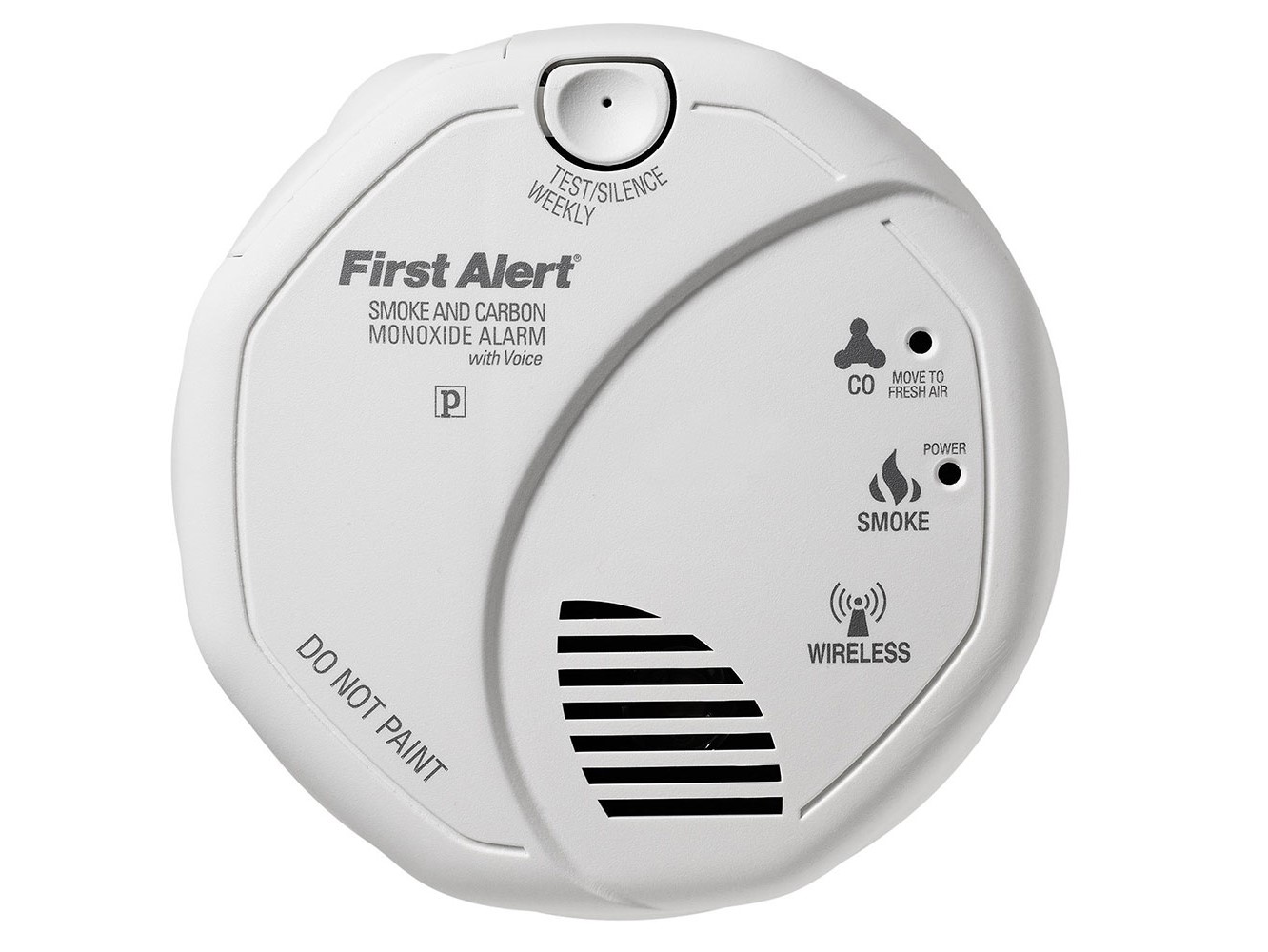Smoke and carbon monoxide
What is smoke?
The solids suspended in smoke include carbon (soot), dust and airborne fibers. Aerosols (suspended liquids) typically include a whole host of hydrocarbons (oils/tar) and moisture. Lastly, there are perhaps hundreds of named fire gases in smoke. Carbon monoxide leads the list of gases produced during incomplete burning. Other notable gases (in both quantity and flammability) are hydrogen cyanide, benzene and acrolein. Smoke can also contain polyvinyl chloride, hydrogen chloride, hydrogen sulfide, phosgene, nitrogen dioxide, ammonia and phenol, to name a few. Clearly it doesn't take a scientist to see how dangerous smoke can be. The bottom line: Hot smoke is extremely flammable and will ultimately dictate fire behavior.
Well-ventilated, open flaming is actually a good thing; the burning process is more complete, and the solution is quite simple (wet stuff on the red stuff). Unfortunately, structure fires are rarely well ventilated. The heat gets absorbed into other materials (contents and the walls/ceiling), which, in turn, break down and begin off-gassing without flaming. It is here that smoke flammability begins.
Within a box (a room), the off-gassed smoke displaces air, leading to an "under-ventilated" (vent-controlled) fire. Under-ventilated fires don't allow the open flaming to complete a reaction with pure air, leading to increasing volumes of CO as well as the aforementioned smoke products. The hot, accumulating smoke can be considered a fluid, dynamic fire load that can ignite when mixed with air. Thus, firefighters crawling through hot, thick smoke are actually crawling through fuel, and their protective clothing is becoming saturated with that fuel.
Smoke gases above their flashpoint (with air mix) need only a sudden spark or flame to ignite. Distal to the actual fire, a simple glowing ember or failing light bulb can spark the ignition. Smoke gases above their ignition temperature need only a proper air mix to ignite. Ignition of accumulated smoke also changes basic fire-spread dynamics; instead of flame spreading across surfaces of contents, the fire spreads with the smoke flow.
Once you understand smoke, you can be fully aware how dangerous it is and how an early warning system (smoke alarm) can save your life and the lives of any one else in your property.
Other things to consider when making your property fire safe is having a planned escape route! H2K can offer assistance with this and supply and install emergency escape equipment where needed.
Why do I need a carbon monoxide detector?
- What is carbon monoxide (CO)?
- Carbon Monoxide is a colorless, odorless and tasteless poison gas that can be fatal when inhaled.
- It is sometimes called the "silent killer."
- CO inhibits the blood's capacity to carry oxygen.
- CO can be produced when burning fuels such as gasoline, propane, natural gas, oil or wood.
- CO is the product of incomplete combustion. If you have fire, you have CO.
- Where does carbon monoxide (CO) come from?
- Any fuel-burning appliance that is malfunctioning or improperly installed.
- Furnaces, gas range/stove, gas clothes dryer, water heater, portable fuel-burning space heaters, fireplaces, generators and wood burning stoves.
- Vehicles, generators and other combustion engines running in an attached garage.
- Blocked chimney or flue.
- Cracked or loose furnace exchanger.
- Back drafting and changes in air pressure.
- Operating a grill in an enclosed space.
- What are carbon monoxide (CO) poisoning symptoms?
- Initial symptoms are similar to the flu without a fever and can include dizziness, severe headaches, nausea, sleepiness, fatigue/weakness and disorientation/confusion.
- What are the effects of carbon monoxide (CO) exposure?
- Common Mild Exposure - Slight headache, nausea, vomiting, fatigue, flu-like symptoms.
- Common Medium Exposure - Throbbing headache, drowsiness, confusion, fast heart rate.
- Common Extreme Exposure - Convulsions, unconsciousness, brain damage, heart and lung failure followed by death.
- If you experience even mild CO poisoning symptoms, immediately consult a physician!
- Are there any steps i can take to prevent carbon monoxide (CO) poisoning?
- Get H2K Services to properly equip your home with carbon monoxide detectors/alarms on every level and in sleeping areas. The only safe way to detect CO in your home is with a CO alarm.
- Every year have the heating system, vents, chimney and flue inspected by a qualified technician.
- Regularly examine vents and chimneys for improper connections, visible rust and stains.
- Install and operate appliances according to the manufacturer's instructions.
- Only purchase appliances that have been approved by a nationally recognized testing laboratory.
- Never use a gas range/stove to heat the home.
- Never leave your car idling in a closed garage or use fuel-powered appliances or tools in enclosed, attached areas such as garages or porches. Carbon monoxide can seep into your home through vents and doors.
- Do I need a carbon monoxide (CO) detector and where should it be installed?
- Every home with at least one fuel-burning appliance/heater, attached garage or fireplace should have carbon monoxide detectors/alarms installed.
- If the home has only one carbon monoxide alarm, it should be installed in the main (hallway/landing)of the home and in sleeping areas.
- The detector/alarm should be at least 15 feet away from fuel-burning appliances.
- Make sure nothing is covering or obstructing the unit.
- Do not place the unit in dead air spaces or next to a window or external door.
- Test the carbon monoxide alarm once a week by pressing the test/reset button. A care plan can be purchased from H2K Services.
- Every month, unplug the unit and vacuum with a soft-brush attachment or wipe with a clean, dry cloth to remove accumulated dust. A care plan can be purchased from H2K Services
- Should my carbon monoxide (CO) detector/alarm have a digital display? what does the peak level function do?
- A digital display allows you to see if CO is present and respond before it becomes a dangerous situation. H2K Services advise that a detector/alarm with a digital display shoulb be installed in the main living area were a fuel burning appliace is used and if you have your boiler in a cupboard within a bedroom.
- Peak Level Memory stores the highest recorded reading prior to being reset. This feature enables you to know if there was a reading while you were away from home, and also can help emergency responders determine the best treatment.
- Whom should I call if my carbon monoxide (CO) alarm goes off?
- If anyone is experiencing symptoms, you need to get everyone into fresh air and call 999 from a mobile or neighbour's home. If no one is experiencing symptoms, you should call the a GAS SAFE engineer from a neighbour's home to have the problem inspected. If you are unable to leave the home to call for help, open the doors and windows, and turn off all possible sources while you are waiting for assistance to arrive. Under no circumstance should an alarm be ignored!
At H2K Services, you can be assured that all our services are carried out to the very highest standard.
We will always ensure that you receive a high quality service that is both safe and trustworthy.
We also provide quality reviews of all jobs undertaken, to ensure that they have been completed within an acceptable time frame and to the highest possible standards.
We know that you will be completely satisfied with our work so call us or get in touch to book an appointment.
We are fully Insured and DBS checked ✔.

